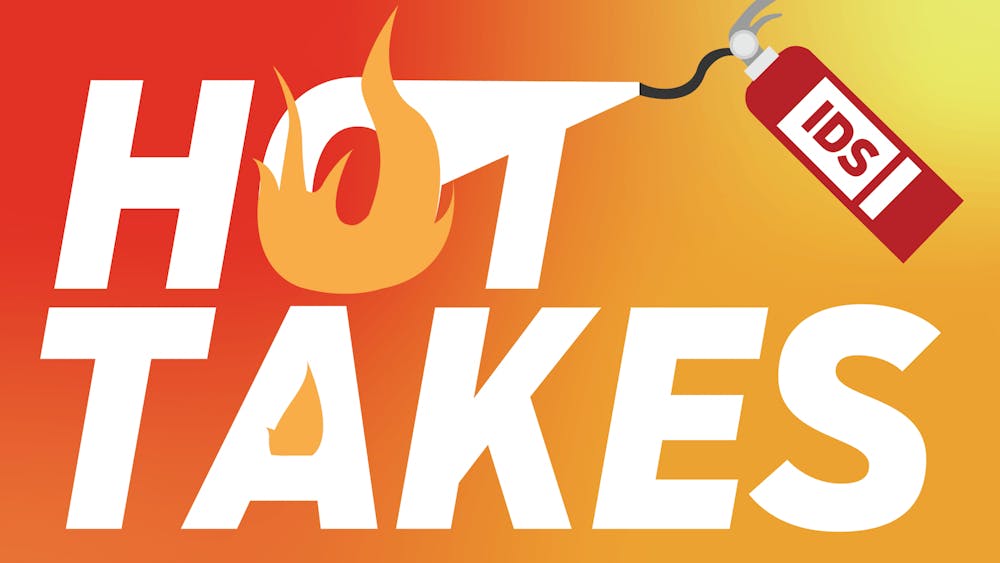It doesn’t take much to understand that we don’t get a second shot at Earth.
The fiction of films like “Interstellar” and “Elysium,” set in near-dystopian futures where Earth’s resources have been depleted, may become not-so-distant realities.
Releasing satellite data of California last December, NASA concluded California would need 11 trillion gallons of water to recover from this drought. California Gov. Jerry Brown imposed statewide mandatory water restrictions April 1, seeking a 25-percent reduction of the state’s water supply agencies.
Despite the historic drought and subsequent joblessness in the Golden State’s agricultural enterprises, it was reported in March that a water coalition claimed the multinational food company Nestlé has been draining roughly 80,000 gallons a year from local aquifers in California in order to bottle it and sell it back to the public for a profit.
As if that wasn’t bad enough, it is slowly coming to light that hydraulic fracturing, known colloquially as fracking, may be associated with what are being considered the first ever barrage of manmade earthquakes in the Midwest.
Fracking is the process in which chemically treated water is pumped into the ground to fracture rocks. This is done to gain access to natural gas.
According to the United States Geological Survey, nearly 450 earthquakes magnitude 3.0 and larger occurred in the four years from 2010 to 2013. This is a rather large increase when compared with an average rate of 20 earthquakes per year observed from 1970 to 2000. And even if fracking isn’t responsible for seismic activity, it has been verified by the Yale School of Forestry and Environmental Studies that because fracking has to do with handling fluids under high pressures, fracking offers at least the potential for spills or leaks that could affect water sources.
Forget sustainable resources; the aesthetics of our historic geography are also under siege. A technique called mountaintop removal, which involves blasting the tops of mountains to access coal inside them, is threatening the Appalachian Mountains.
Aside from ravaging our summits, there are health risks. A study co-authored by one of our own professors in the School of Public Health, Michael Hendryx, claims there are high rates of birth defects, heart disease and cancer in these communities.
We may not have to conserve water where we live or compete with the largest food company in the world, and we haven’t been adversely affected by alleged manmade tremors, but that doesn’t mean it isn’t only a matter of time before we have to fight for the resources we need to live.
None of us have the luxury to hide behind our ignorance any longer. Because the science it out there, and we’re setting our planet on track for irreversible ruin.
These are crazy and unpredictable times we’re experiencing right now. And I sympathize that there are so many causes to be passionate about, or likewise, disengaged with.
But if we leave the earth in the state it’s in for the next generation, what example will we have set?
michoman@indiana.edu





